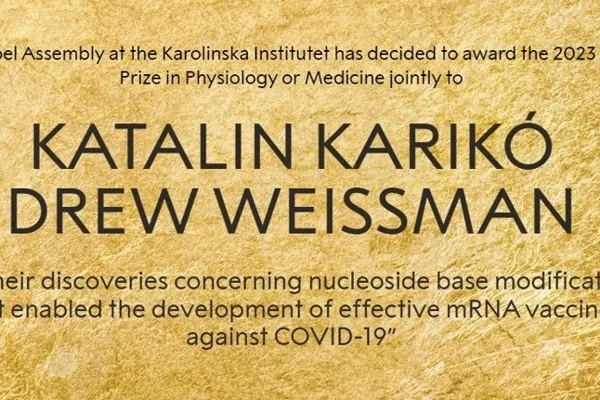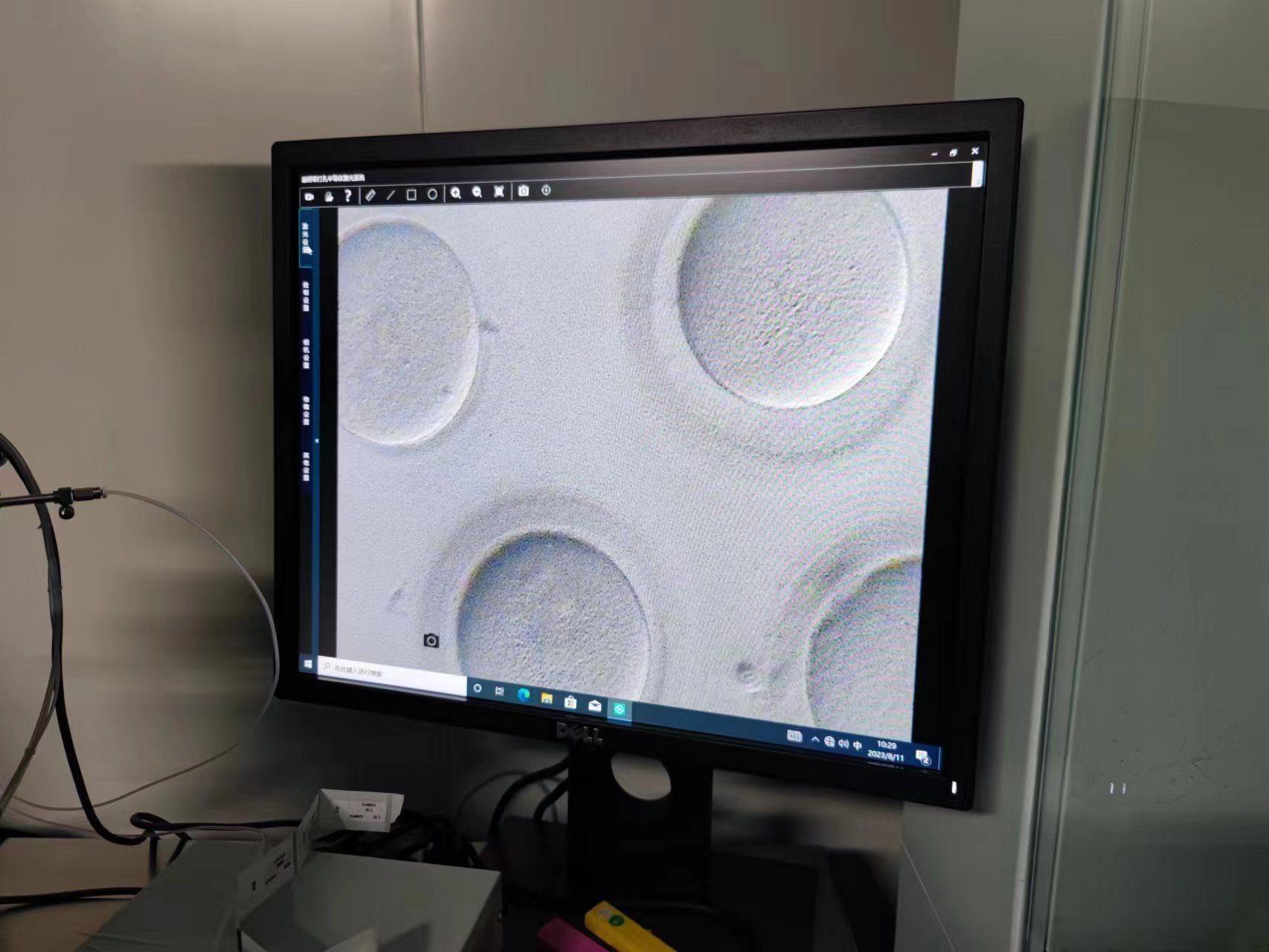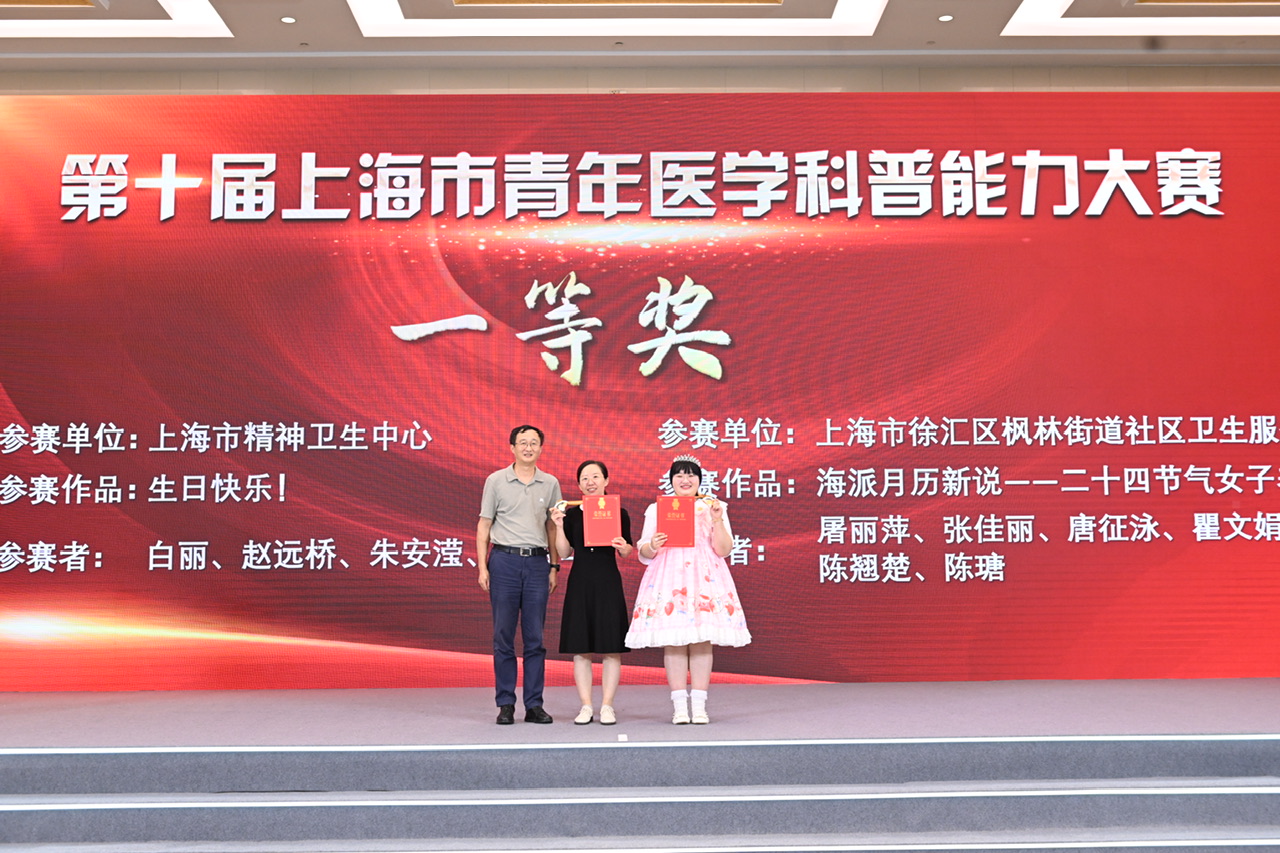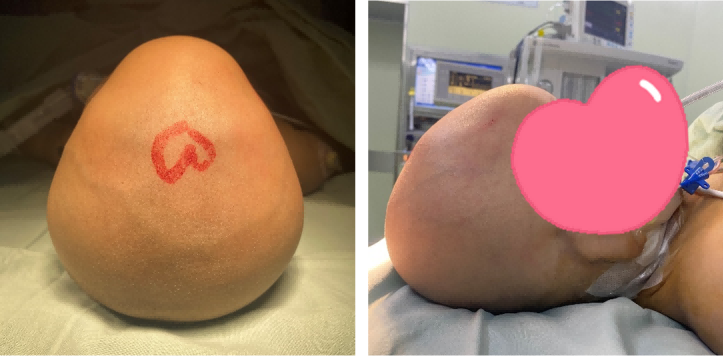Experts interpret the Nobel Prize in Physiology and Medicine: Exploring how the mRNA vaccines of the past 30 years have moved towards practical applications
The 2023 Nobel Prize in Physiology and Medicine will be announced tonight: The award will be awarded to two scientists who have made breakthrough contributions to mRNA vaccines: Katalin Corico and Drew Weisman, in recognition of their discoveries that led to the development of a new coronavirus vaccine. The development of mRNA vaccines has gone through a long 30-year journey in human history. What breakthrough significance does this type of vaccine have? How do you view vaccine development and human progress? A reporter from Jiefang Daily and Shangguan News interviewed medical scientists for answers.
For decades, the mRNA gene delivery method has been the dream of scientists around the world. Forty years ago, Katalin Kauriko, one of the winners of this award, moved her family to Temple University in Philadelphia, Pennsylvania, to begin postdoctoral research. At that time, the concept of "gene therapy" began to emerge, and the public believed that if the genetic mutations that caused the disease in the body could be corrected, many genetic diseases would be easily solved.
The most effective way to correct these genes is through DNA. But Katalin didn’t think so: during her PhD, she studied how to use mRNA to treat viral infections, and believed that mRNA, which is responsible for converting DNA signals into proteins, had greater potential. Because it is extremely dangerous to directly change DNA, transient mRNA does not have this problem. As Katalin thought, mRNA did have great potential. She did not expect that this Hungarian-American scientist had to sit on the bench for almost 40 years in order to make his dream come true.
Zhang Xinxin, director of the Clinical Virus Research Office of Ruijin Hospital affiliated to Shanghai Jiao Tong University School of Medicine, said that the initial research and development focus of the mRNA vaccine was tumor cancer, which was a low-key and bumpy journey that has continued for a long time.
Why are vaccines relevant to cancer treatment? Zhang Xinxin explained: Some cancers are caused by cancer-causing viruses, such as the more familiar cervical cancer caused by human papilloma virus. Currently, there is a preventive vaccine for this cancer. More tumors are not caused by foreign pathogens, but are the result of uncontrolled growth of human cells after genetic mutations.
Academic research has found that after cancer cells mutate, they will produce uniquely expressed neoantigens. Therefore, an idea similar to that used in developing flu vaccines is also being used to combat cancer. This is also the difficulty of research: tumor patients are highly heterogeneous, each patient’s genes are different, and their tumor mutations are not exactly the same.
"It can be said that the sudden outbreak of the new coronavirus epidemic has truly pushed mRNA technology towards the practical application stage. Clinical research on tumor treatment requires long and rigorous steps, but under the severe epidemic situation, the pace of all links has accelerated. "She said that the emergence of mRNA vaccines has also added a new choice for the public in addition to inactivated vaccines, recombinant protein vaccines, adenovirus vector vaccines, etc.
In March this year, our country welcomed the first domestically produced mRNA COVID-19 vaccine. Dr. Ai Jingwen from the Department of Infectious Diseases at the National Medical Center for Infectious Diseases and Huashan Hospital Affiliated to Fudan University said that from a technical perspective, compared with traditional technical routes, mRNA vaccines have three major advantages: short development time, safe development process, and high vaccine immunogenicity. Very significant advantage. This is also the key reason why during the past three years of infectious disease epidemics, mRNA vaccines were successfully developed within months and mass-produced and used around the world. Objectively speaking, in addition to the established characteristics of the R&D technology route, the epidemic's significant impact on the global technology R&D, clinical research, and practical application environment has also further catalyzed the rapid maturity of the mRNA vaccine technology route.
In 1997, Katalin met another winner of this year, immunologist Drew Weissman, by chance at the University of Pennsylvania. The two parties soon discovered that they had similar views on mRNA therapy and immediately began to cooperate. After several years of long research, they found that through methylation of nucleic acids, they can effectively avoid the response of immune recognition receptors to mRNA and greatly reduce the side effects caused by mRNA. This study was published in Immunity, a top journal in the field of immunology, in 2005, and also made the application of mRNA therapy possible.
Fifteen years later, on November 8, 2020, the test results of Pfizer’s first batch of mRNA vaccines were released, showing that they have strong protective efficacy against the new coronavirus. Both were vaccinated at the University of Pennsylvania on December 18 of that year.
According to experts, gene delivery based on lipid carrier-mediated COVID-19 spike protein mRNA avoids errors in the DNA transcription process and potential side effects during the transcription process, allowing the spike protein to be expressed efficiently in human cells in the short term. , activates the body's immune response, which is more effective than natural infection in producing specific anti-viral antibodies and immune killer cells.
Although gene expression is short-lived, activated B cells and T cells have their own memory and can eliminate or suppress the virus "for a long time." At the same time, this kind of mRNA will not be reverse transcribed into DNA, nor will it be integrated into the host DNA, making it safe and reliable.
Zhang Xinxin said that there is no doubt that vaccines are currently the fastest and most effective way to prevent infectious diseases. As mRNA technology becomes more mature and common, in addition to its application in the field of infectious diseases, it is also expected that more cancer diseases will benefit from it as soon as possible.
Big data and artificial intelligence will continue to help prevent diseases
Since the late 18th century, when British doctor Edward Jenner discovered that vaccination with cowpox could prevent smallpox, the development of modern vaccines has taken more than 200 years. The 200-year history of vaccines is also the history of mankind’s struggle against infectious diseases. To this day, vaccinations have prevented more deaths than any other medical intervention.
Ai Jingwen believes that from the perspective of the development of things, new scientific discoveries will definitely be accompanied by new accumulation of wisdom. Entering the 21st century, the amount of information and data in the field of life sciences has increased exponentially. Against such a background, how to better and more accurately obtain core information from large amounts of data and transform it into clinical applications will be a question. Important "lessons" for dealing with infectious diseases and even other diseases in the new century.
The fact that two scientists won the Nobel Prize for the mRNA vaccine is the best recognition for scientists who have transformed scientific knowledge into weapons to protect mankind in response to the outbreak of new infectious diseases. She told reporters that in the future, with the addition of big data analysis platforms and more artificial intelligence tools, she will be more confident that she can catch up with or even predict the evolution of new pathogens as much as possible, and transform from a simple "chasing war" to a global pandemic. For prevention, scientists in various fields will have more weapons to further contribute to global health.





